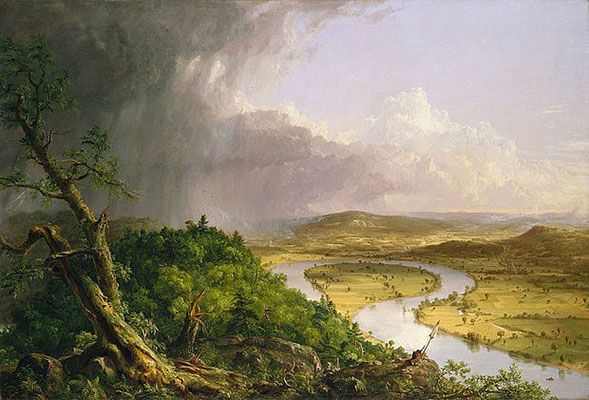

If we now turn to the Romantic German painter Caspar Friedrich, His painting, ‘Winter Landscape’ it highlights the individual brooding spirit of Romanticism. Delacroix creatively invented new stylistic elements to bring to life, for the viewer, a passionate display. This is reinforced by Delacroix’s vibrant use of color and his chaotic canvas gone are the rigid forms of Neo-Classicism. He painted scenes of intense passion, such as ‘Liberty Leading the People,’ and ‘The Death of Sardanapalus.’ These paintings depict passionate movement and feeling. Take the French Romanticist artist, Eugene Delacroix. We have seen, then, that Romanticist art is difficult to boil down to a skeletal structure the inner self of an artist will be different from the next and therefore a variety of subjects and styles will be created. The Human Soul And Romanticism Liberty Leading the People by Eugene Delacroix, 1830, via Musée du Louvre, Paris It was felt that society had gone bust if it were built entirely on rationality, in fact, it was in direct conflict with an essential feature of lived experience: being instinctual, irrational, and passionate.

Painters started to focus on scenes of intense emotion imaginative scenes reflecting human psychology landscapes that were brooding, ominous, and wonderful.

This is where we find Romanticist art painters and thinkers began to feel confined in the rationality of Neo-Classicism. Neo-Classicism was a form of art that paid respect to the past the Neo-Classicists were not interested in invention but to carry on a tradition. The Nightmare by Henry Fuseli, 1782, via Tate, London Painters were seen as draughtsmen, technically planning out their paintings. It was fascinated by a rational, mathematical, representation of space through lines and forms it was about accurate depictions of men and women, especially in scenes taken from Classical literature. As the name suggests, this style was harkening back to the Classical style which had been the dominant form of painting in the Renaissance. The fashion of the mid-eighteenth-century European painting was primarily Neo-Classical. However, when the production of Romanticist art began, this idea of an artist’s feeling or the sole effort to depict passionate emotion was new. Baudelaire wrote this statement in the mid-nineteenth century when the Romanticism movement had been on course for over 50 years. This was due to the sheer variety of subject matter and style that could be labeled under ‘Romanticist art.’ Rather cleverly, Baudelaire supplied the notion that it comes down to how the artist feels in the conception of their art. The famous poet and Art critic, Charles Baudelaire, found Romanticist art difficult to define. Please check your inbox to activate your subscription Thank you! What Is Romanticism? Romanticist Art Versus Neo-Classical The Oath of the Horatii by Jacques-Louis David, 1785, via Musée du Louvre, Paris For example, as we will see, Romanticist art in France begun with ideas of emotional passion, liberty and equality German Romanticist art delves into introspection, solitude, and imagination British Romanticist art sought a new spiritual relationship with nature. The Romanticism movement was not confined to a single country, meaning that Romanticist art and ideas were interpreted and expressed in different ways. The Hay Wain by John Constable, 1821, via the National Gallery, London This focus on the human interior was an important stepping stone towards the modern age and gave new freedom to painting in terms of subject and style. Many Romantics praised the subtle gradations of human emotion above the facility for rationality this is a traditional way of looking at Romanticism. The typical characteristic, however, of Romanticist art is a focus on human emotion, about portraying the complexity, and passions, of human feelings intuition, imagination, and notions of the self. Introduction To Romanticist Art Wanderer Over the Sea of Fog by Caspar Friedrich, 1818, via Hamburger Kunsthalle


 0 kommentar(er)
0 kommentar(er)
